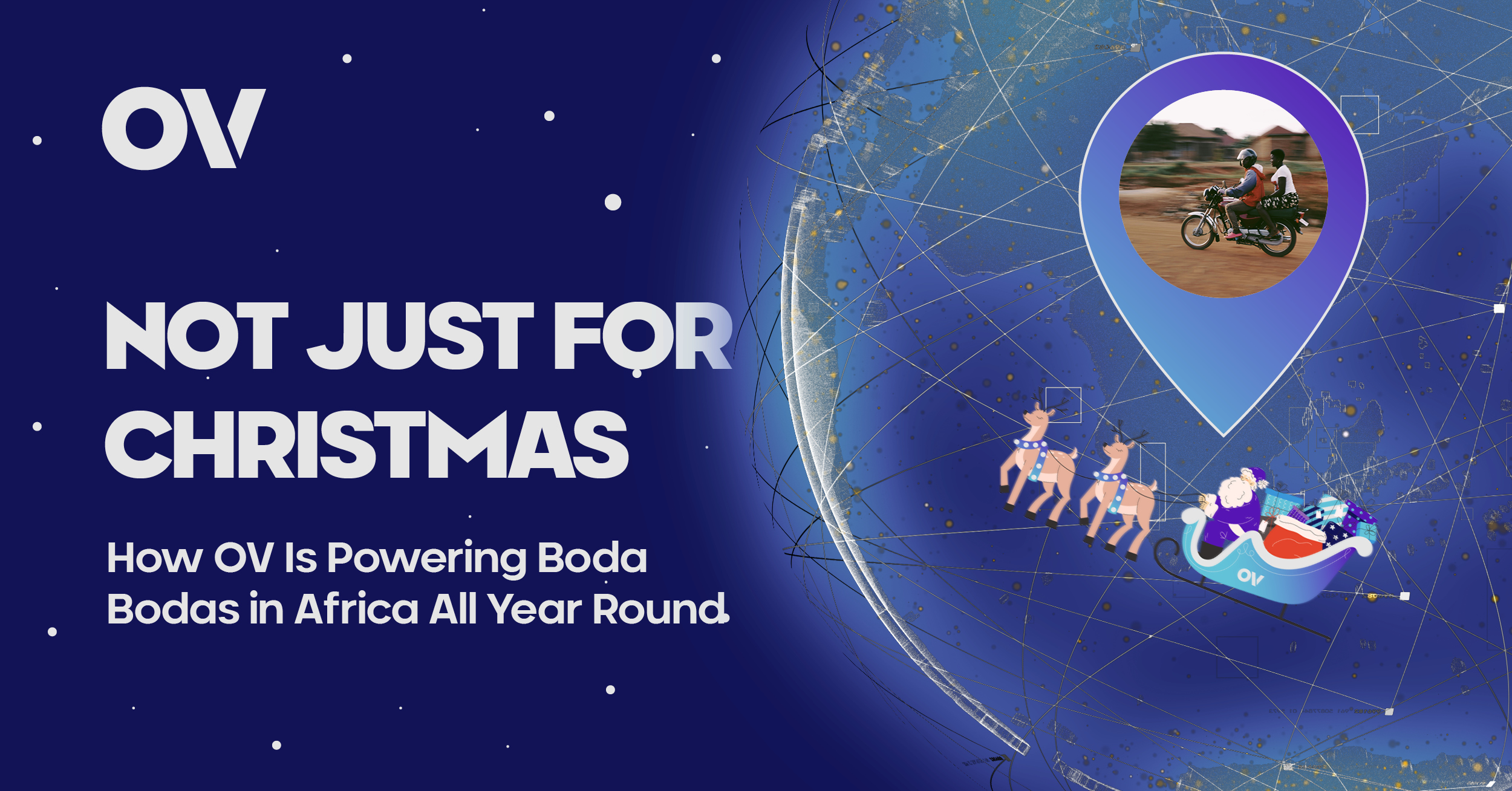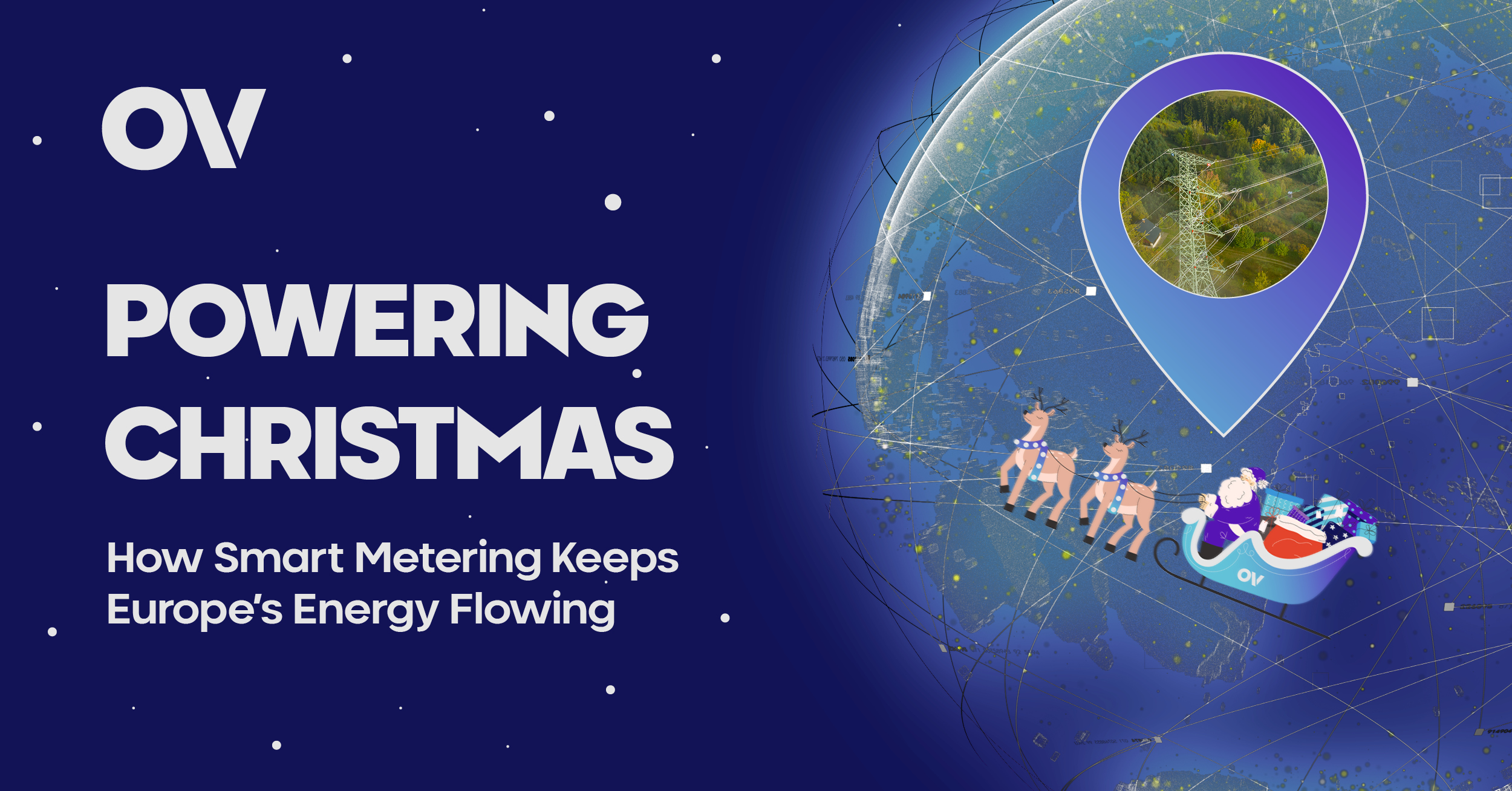Originally published
November 11, 2024
Last Updated
July 9, 2025
As we pause today to honour the sacrifices of our armed forces on Armistice Day, we’re reminded of how technology continues to transform military support, operations, and defence. The advent of the Internet of Things (IoT) has become a powerful asset in modern defence, reshaping the ways we protect and support those who protect us, with over 138,000 UK Armed Forces working hard to keep us safe, we are exploring how IoT technology has become a game-changer for our armed forces, enhancing capabilities, streamlining operations, and ultimately helping to save lives on and off the battlefield.
What is the Internet of Things?
The Internet of Things, commonly known as IoT, is a network of interconnected devices that communicate and share data with each other in real time. From smart homes to wearables, IoT connects devices through the internet to collect, exchange, and analyse data, creating an intelligent web of technology that adapts to users' needs. In the defence world, IoT offers a new level of connectivity and intelligence that improves strategic planning, risk assessment, and operational efficiency.
Strengthening Communication in the Field
Communication is one of the most critical aspects of military operations. In the heat of battle, having real-time information can mean the difference between success and failure. IoT-enabled devices allow troops on the ground, in the air, and at sea to stay always connected. For example, smart helmets and vests fitted with sensors can relay the wearer’s location and vital signs, allowing command centres to monitor military personnel’s health and position in real time.
This interconnectedness is particularly valuable in remote or hostile environments where traditional communication systems may not function optimally. IoT technology helps bridge these gaps, creating a seamless flow of information and strengthening the support network between frontline troops and their support teams.
Enhancing Situational Awareness
IoT technology provides military personnel with unprecedented levels of situational awareness. Drones, for instance, are equipped with high-definition cameras, infrared sensors, and GPS systems that can stream live footage and geolocation data to command centres. This real-time visual intelligence enables teams to assess situations accurately, detect potential threats, and develop strategies with greater precision.
IoT-connected vehicles and wearables can also alert troops to the presence of nearby threats, such as enemy combatants, explosives, or mines. By having a continuous stream of information from multiple sources, IoT helps soldiers make informed decisions faster and more effectively, ultimately enhancing their safety and mission success.
Streamlining Logistics and Supply Chains
Logistics is the backbone of any military operation, and IoT has revolutionised this aspect of defence as well. Smart sensors are now used to track and monitor the condition of supplies, equipment, and ammunition in real time. For example, RFID tags attached to essential supplies allow personnel to quickly locate and deploy resources, minimising delays and reducing the risk of stock shortages.
IoT also allows for predictive maintenance on military vehicles and equipment. Sensors embedded in machinery can monitor the wear and tear of parts, predict potential failures, and alert technicians to conduct maintenance before breakdowns occur. This ensures that equipment remains operational when it’s needed most, reducing downtime and avoiding costly repairs in the field.
Improving Medical Response and Recovery
Supporting the health and well-being of our armed forces is paramount, and IoT technology has made significant strides in the field of military medicine. Wearable IoT devices can track the vital signs of soldiers and detect any irregularities that may indicate injury or illness. For example, a connected wearable can monitor heart rate, body temperature, and hydration levels, alerting medics if intervention is required.
In addition, IoT-enabled drones and autonomous vehicles can be deployed to deliver medical supplies to remote or dangerous areas, where it may be too risky for human personnel to travel. This capability ensures that wounded soldiers can receive life-saving treatment even in the most challenging environments, increasing the chances of survival and recovery.
Cybersecurity: Protecting Military IoT Networks
While the benefits of IoT for defence are undeniable, they come with unique challenges, especially in the realm of cybersecurity. The vast amount of data transmitted through IoT devices makes military networks vulnerable to hacking and cyber-attacks. Protecting these systems requires sophisticated encryption, secure communication channels, and continuous monitoring to detect and respond to potential threats.
Military cybersecurity teams are constantly evolving and adapting to safeguard IoT networks, ensuring that data remains secure and that devices are protected from tampering. As IoT technology continues to advance, so too does the need for innovative solutions to counteract cyber threats, which are an ever-present risk in modern warfare.
The Future of IoT in Defence
As IoT technology becomes increasingly advanced, its role within our armed forces will likely expand. With artificial intelligence (AI) and machine learning (ML) powering IoT devices, future applications could include autonomous vehicles, advanced threat detection systems, and intelligent decision-making algorithms that further enhance military capabilities.
The integration of IoT and AI has the potential to create a truly smart defence infrastructure that could reshape the future of military operations. But, as with all technology, this growth must be carefully managed to balance innovation with ethical and security considerations.
Through innovative technologies like IoT, we can continue to honour the sacrifices of our military personnel by ensuring they have the resources they need to carry out their missions effectively and return home safely to their loved ones.
Find out more about how IoT is helping to revolutionise all kinds of sectors to healthcare, logistics and many more by keeping up to date with our blogs. Click here to read more
READ MORE
DISCOVER MORE NEWS AND DEVELOPMENTS IN IOT & GLOBAL CONNECTIVITY





